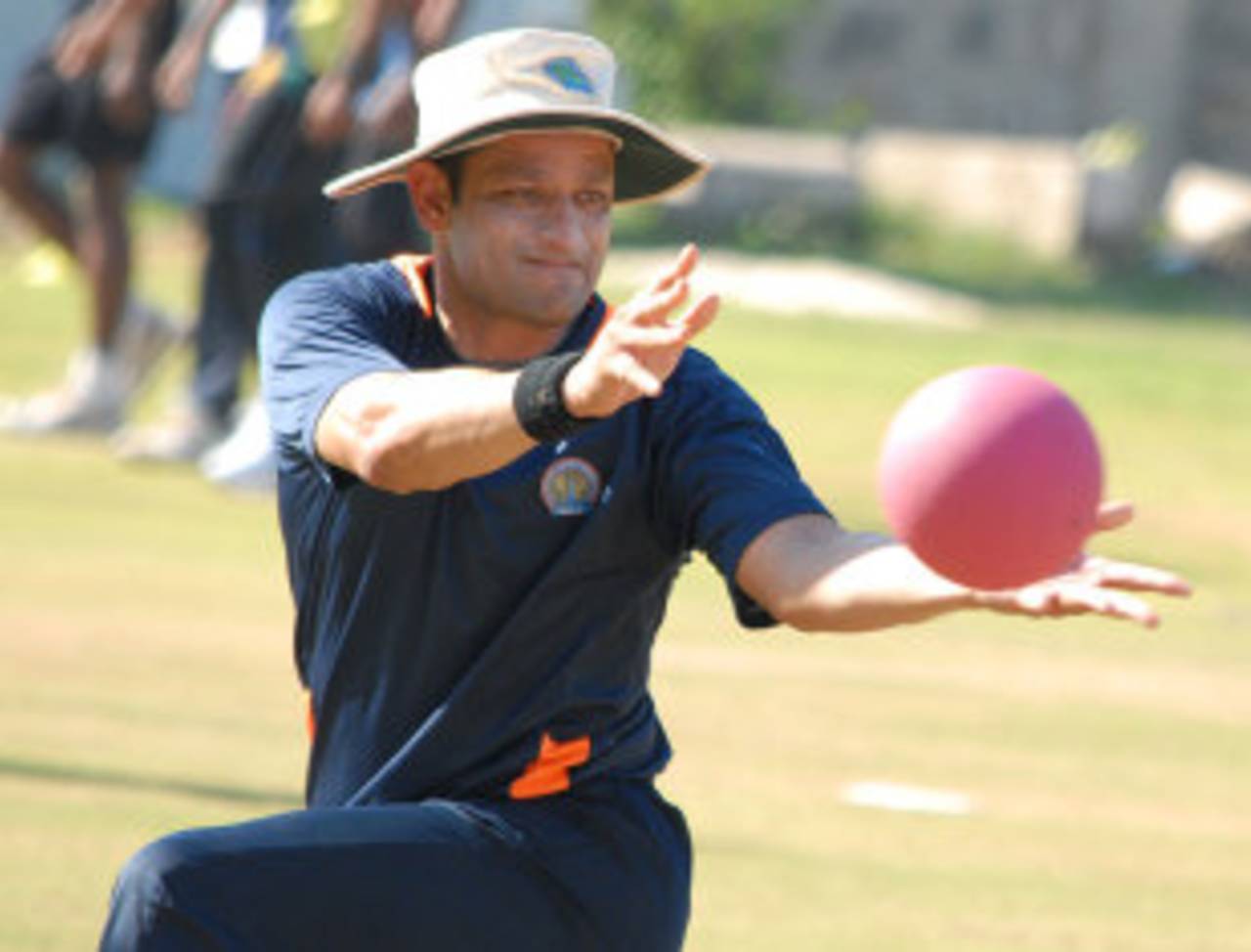The game has come a long way in Pune, the infrastructure for the game is much better now in Pune. But if you compare Pune to Mumbai, I think even today, Mumbai respects its cricket a bit more. Their players have a bit more pride. They know the history and heritage of Mumbai cricket. When they play for Mumbai, they play for Mumbai - there are no differences.
I think a lot of it has to with the differences in the lifestyles of the two cities. In Mumbai, players take crowded local trains and getting to the ground itself is an achievement. So when they finally get there, they want to make the most of it and don't give up easily. In Pune, many times parents come and drop the players at the ground in private vehicles. You can tend to take it easy here. So the characters of the players are shaped in that way.
Big names are not around in Pune and it is much harder to get noticed. But it is changing and there certainly are a lot more people playing the game now in Pune than there were earlier. When I started in the early 1990s, there were only a couple of grounds on which you could dive. I myself learnt to dive only at the first-class level. Things have changed now. Most of the grounds are excellent. Cricket as a sport has grown in Pune. Having said that, Pune as a metropolis is growing at a much faster pace and there will always be a challenge is meeting the demand with respect to cricket spaces.
There certainly are a lot more people playing the game now in Pune than there were earlier
I started playing at the age of seven, Pune Club was definitely my favourite ground [Pune Club was the ground where Maharashtra's Bhausaheb Nimbalkar made an
unbeaten 443 in a Ranji Trophy game against Kathiawar. Nimbalkar's knock is still the fourth-highest in first-class cricket, and had it not been for Kathiawar forfeiting the match on the third evening, Nimbalkar could well have gone past Don Bradman's then-record score of 452 not out.] The wicket at Pune Club used to be seaming and result-oriented, I enjoyed playing there and that was our sought after venue when we needed a result.
The Nehru Stadium, Pune's international venue, had a bouncier wicket, but was good for batting. I had a double-century there. Now the new stadium [the Subrata Roy Sahara Stadium] has come up in the outskirts of the city. It is a fabulous stadium, and they will also have a state-of-the-art academy. The current Maharashtra Ranji players have been to Australia as well. The Maharashtra Cricket Association has done pretty well in terms of providing exposure and facilities to the players.
In my early days, we used to play on a lot of matting wickets with very good pace and bounce. There were also a lot of dangerous pitches. I have seen many batsmen getting injured. Those who were there just for recreation tended to quit after such injuries. Also, as late as 1994, hardly anyone used helmets. Getting hit on the head was quite painful. I was hit myself badly enough a few times to make me watch the next ball carefully. Now, the helmet is used regularly even at very junior levels, which is good.
In my junior days it was difficult to make a mark for yourself. School cricket and Under-15 were very important in Pune. Hardly anyone in those age groups played at the state level. Players were expected to score a lot. Promise did not take you far. The biggest lesson in my early days was from watching the likes of
Shantanu Sugwekar and
Surendra Bhave bat - getting a hundred was alright but what mattered was making sure that it was big. You learnt to put a value on your wicket. You had to step up or be left out. The youngsters of today want to hit their way out of trouble.
